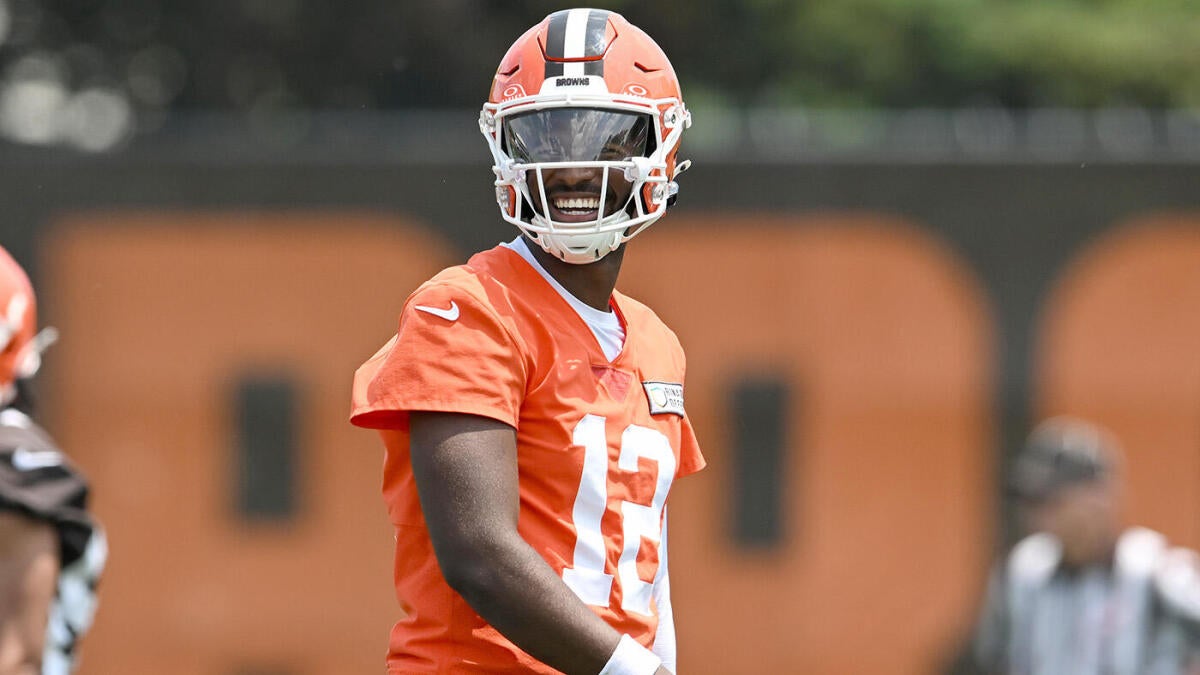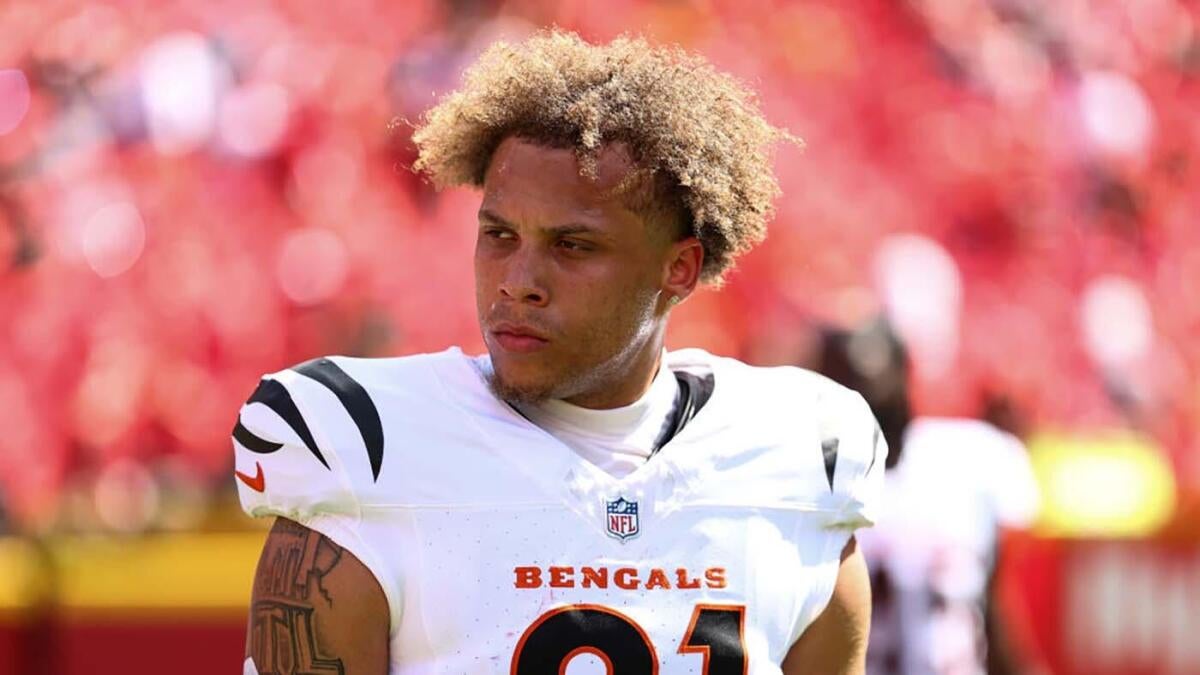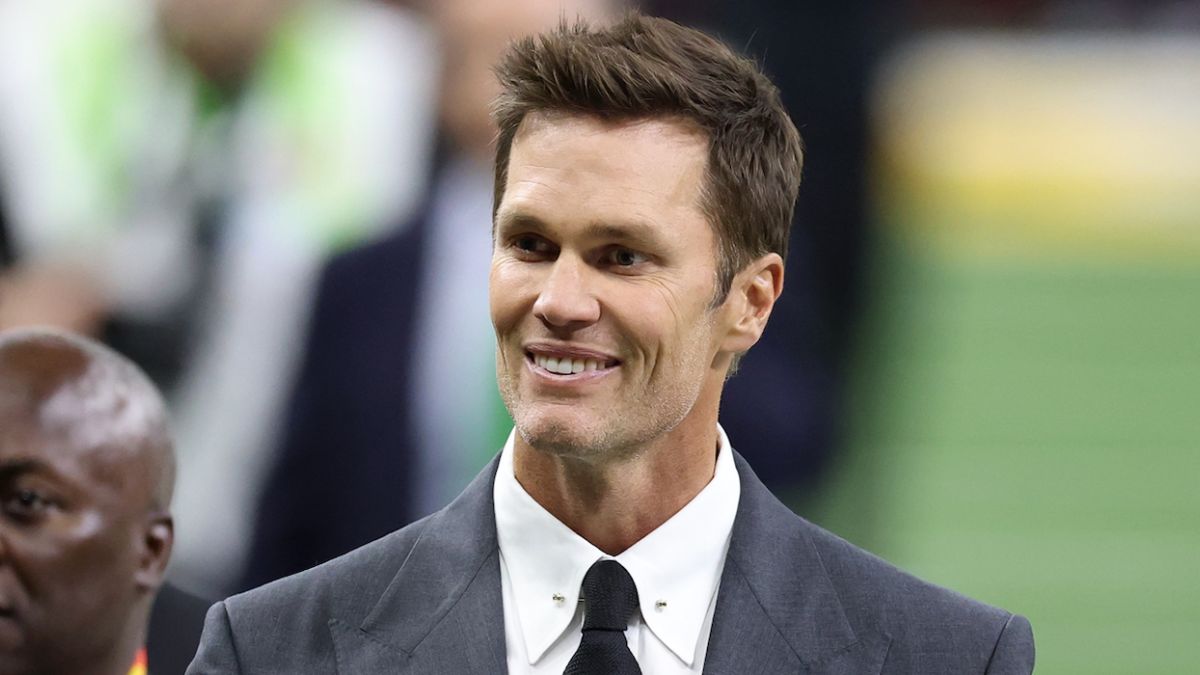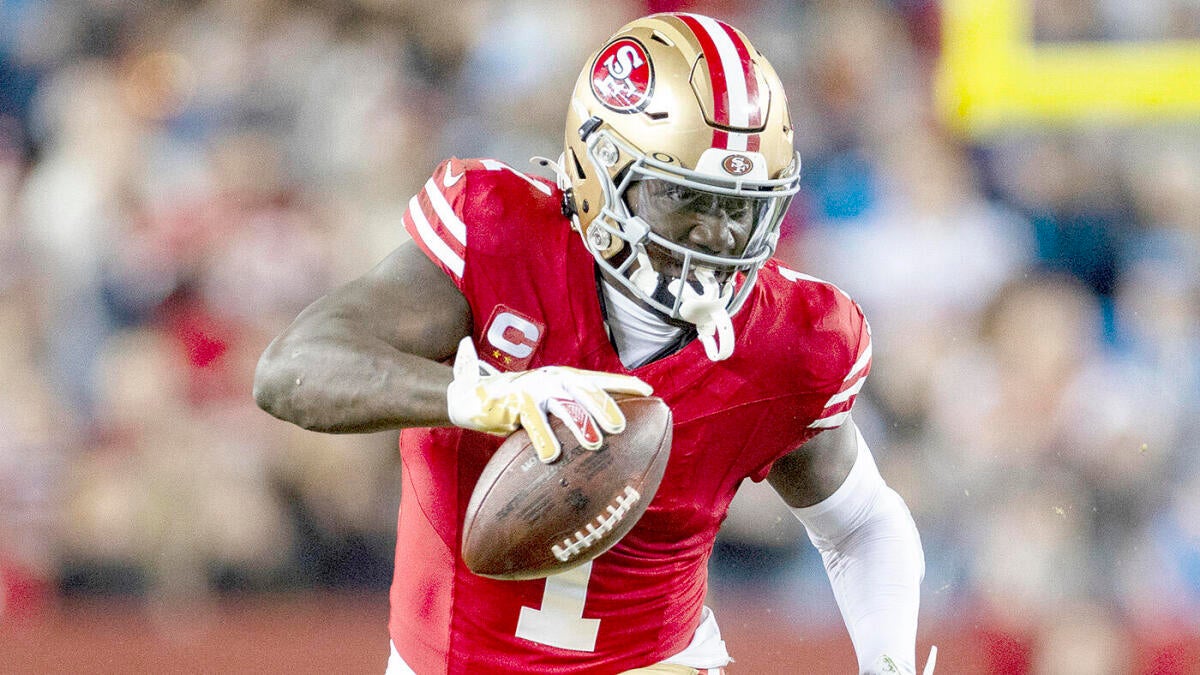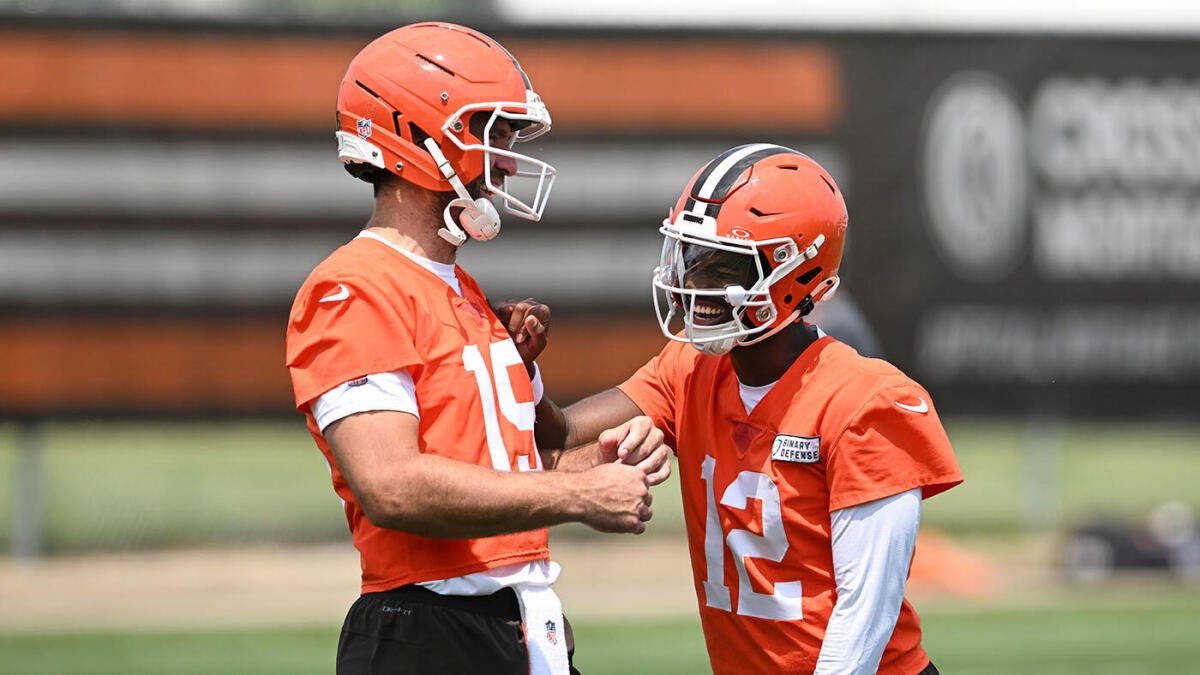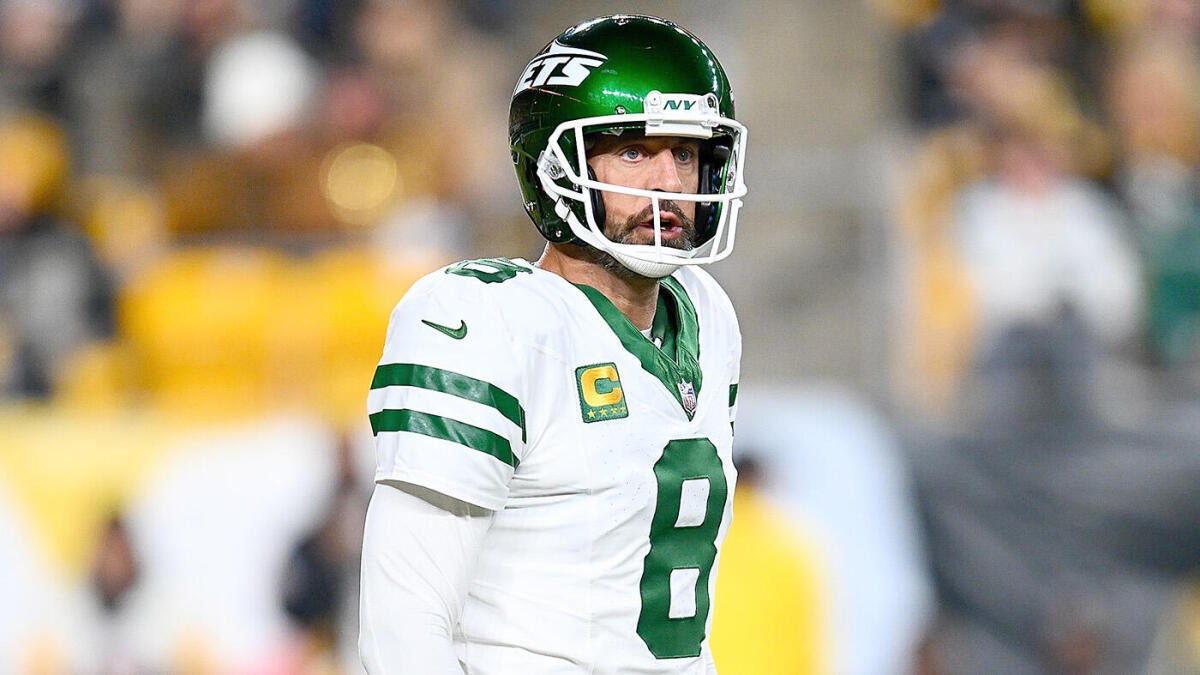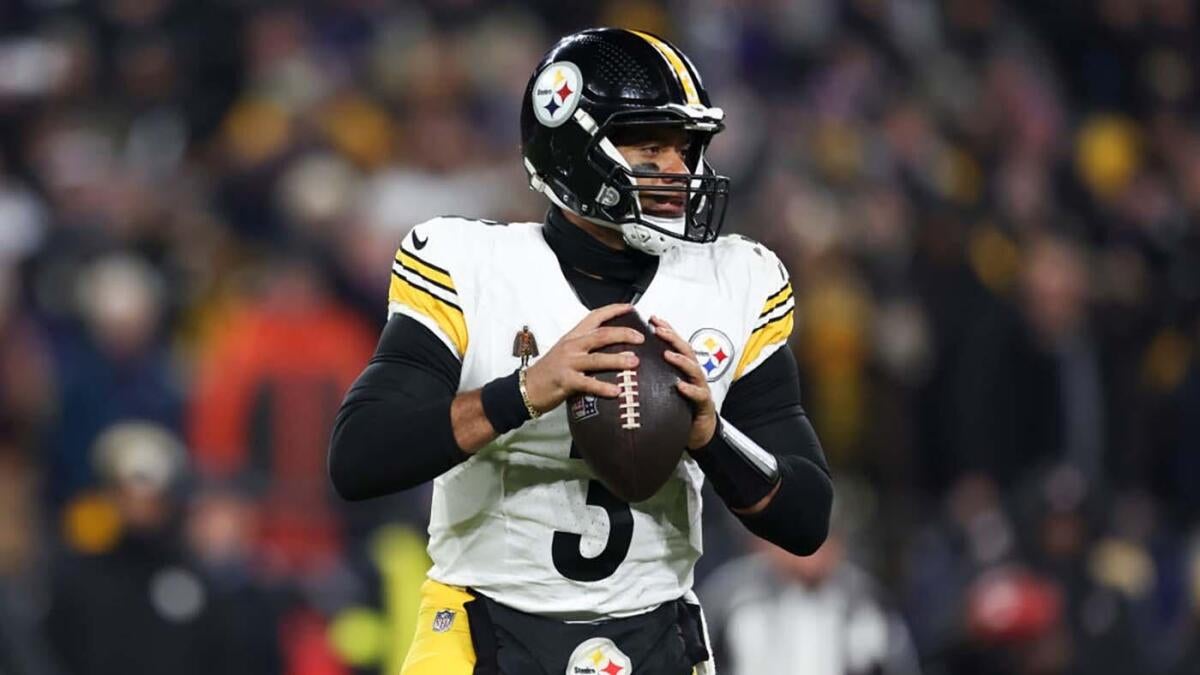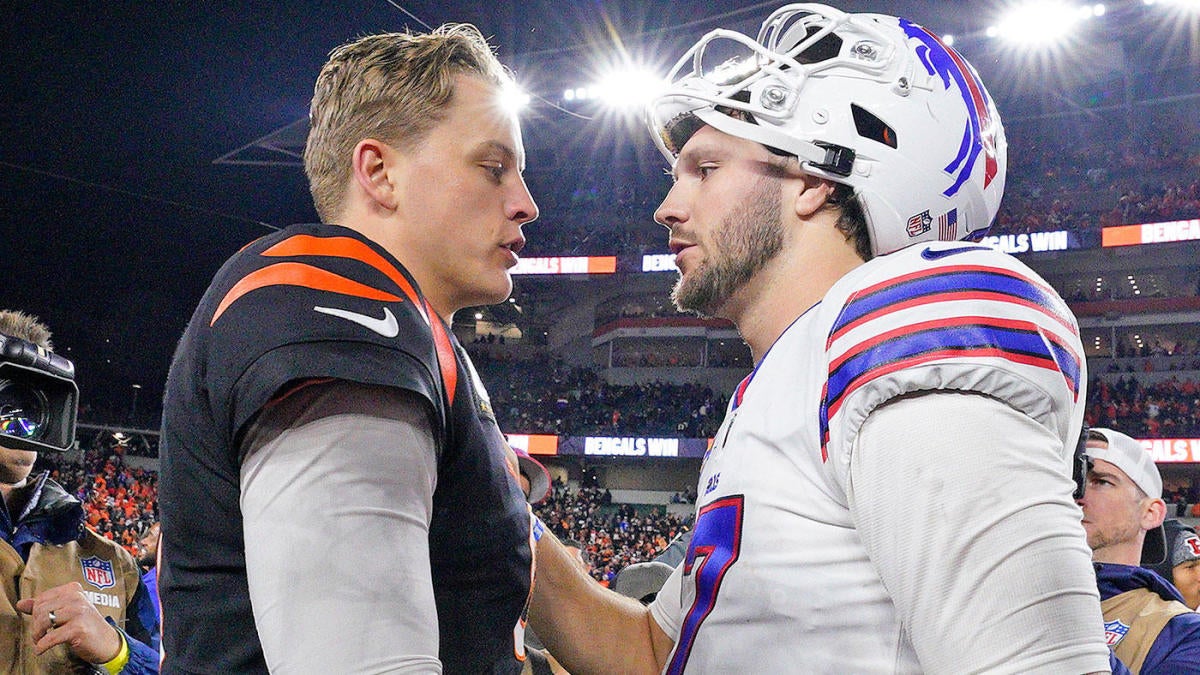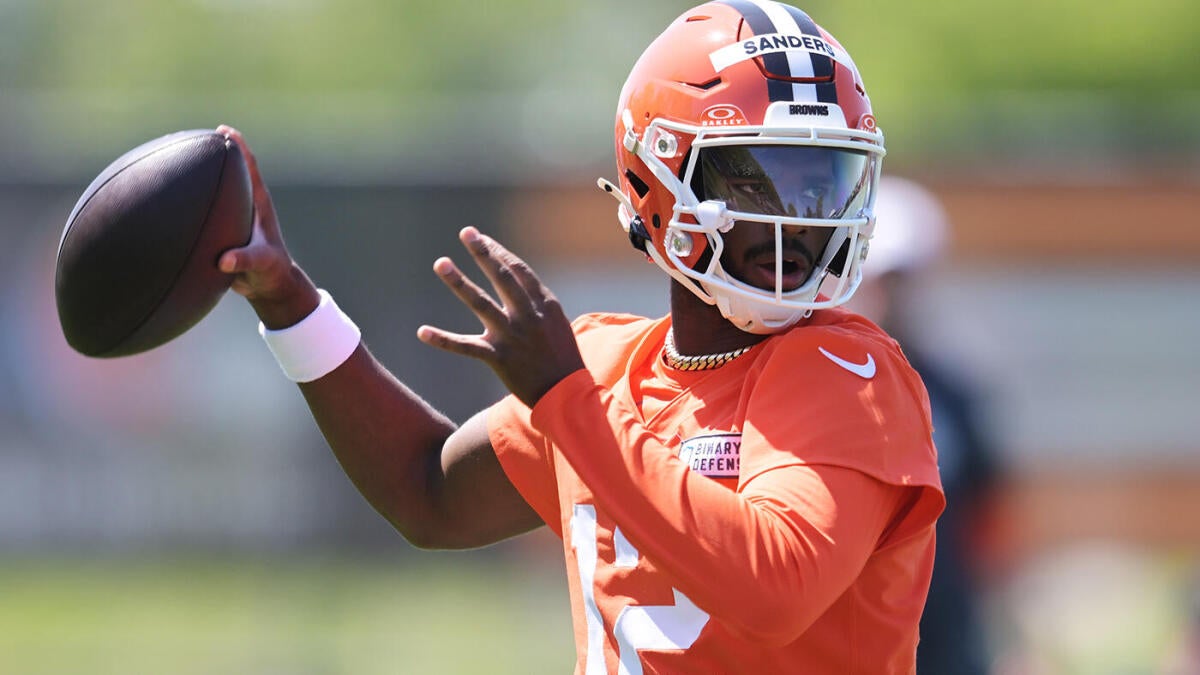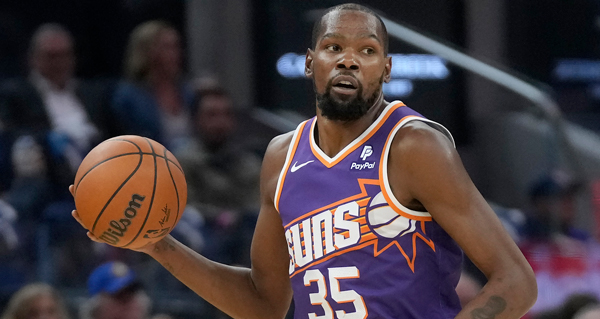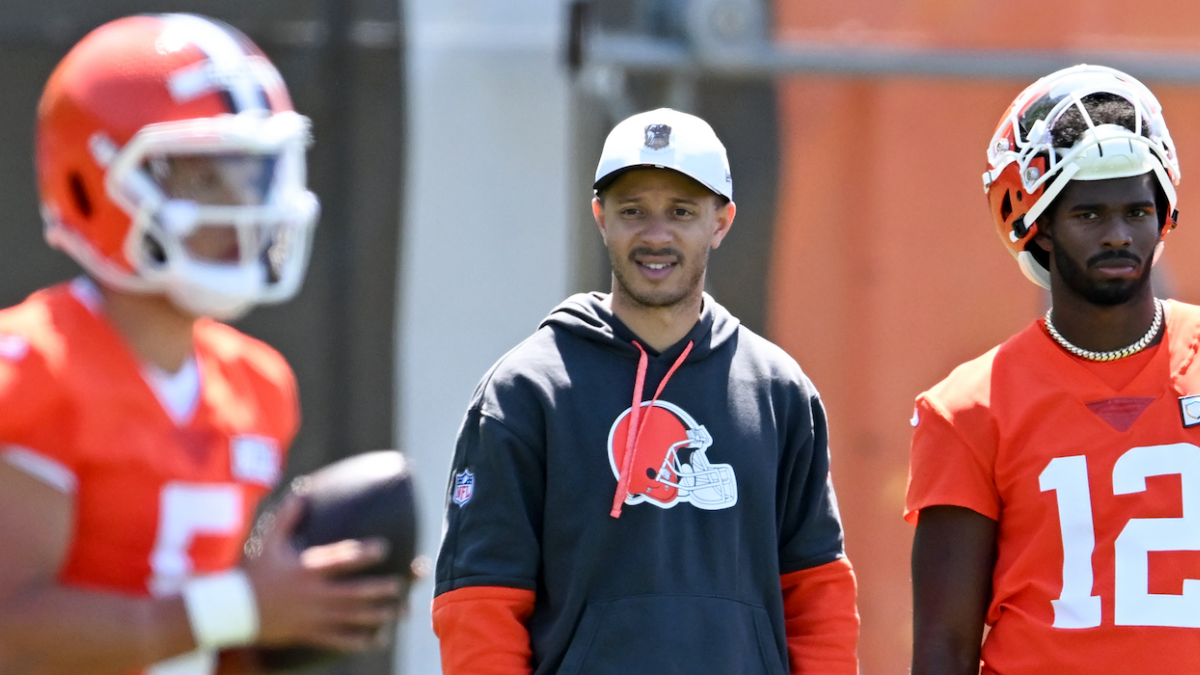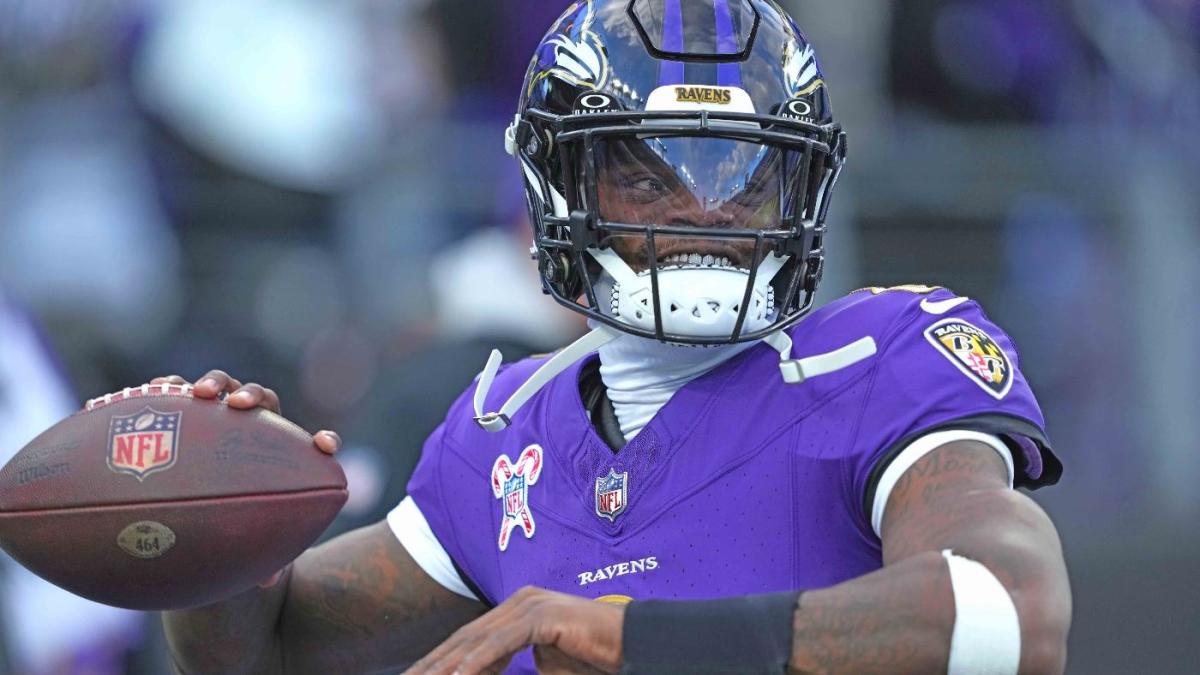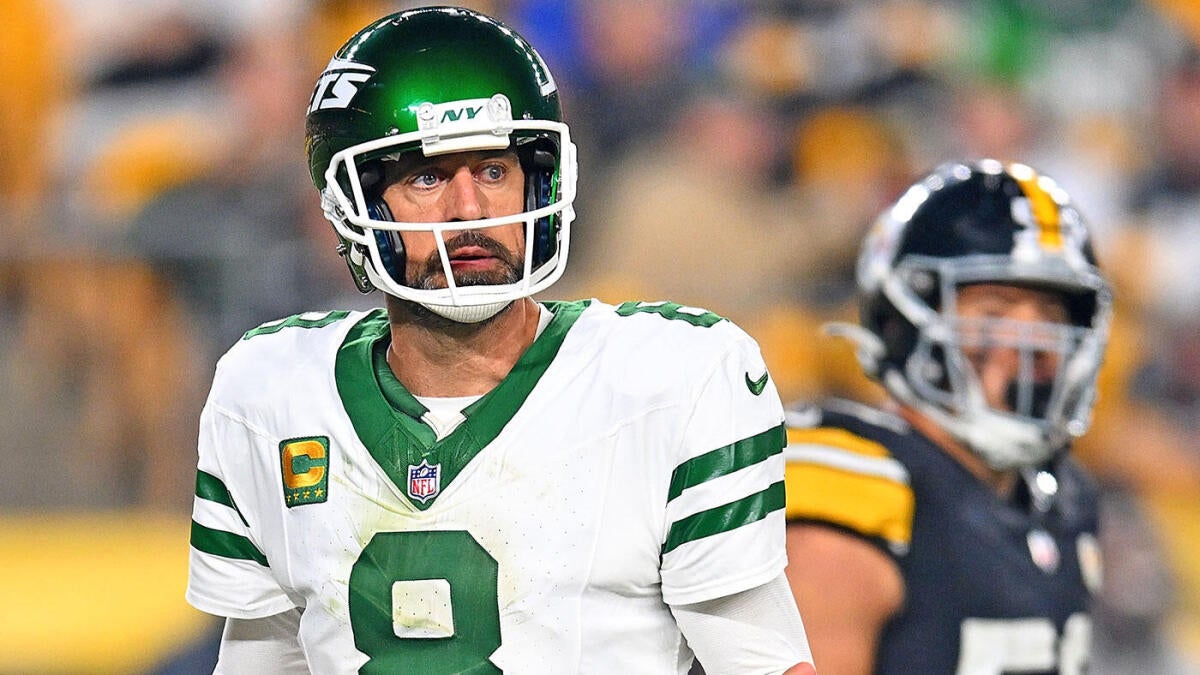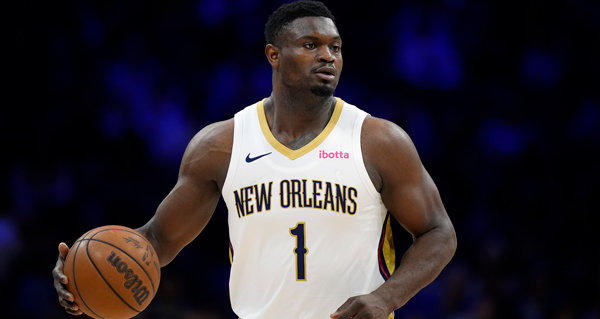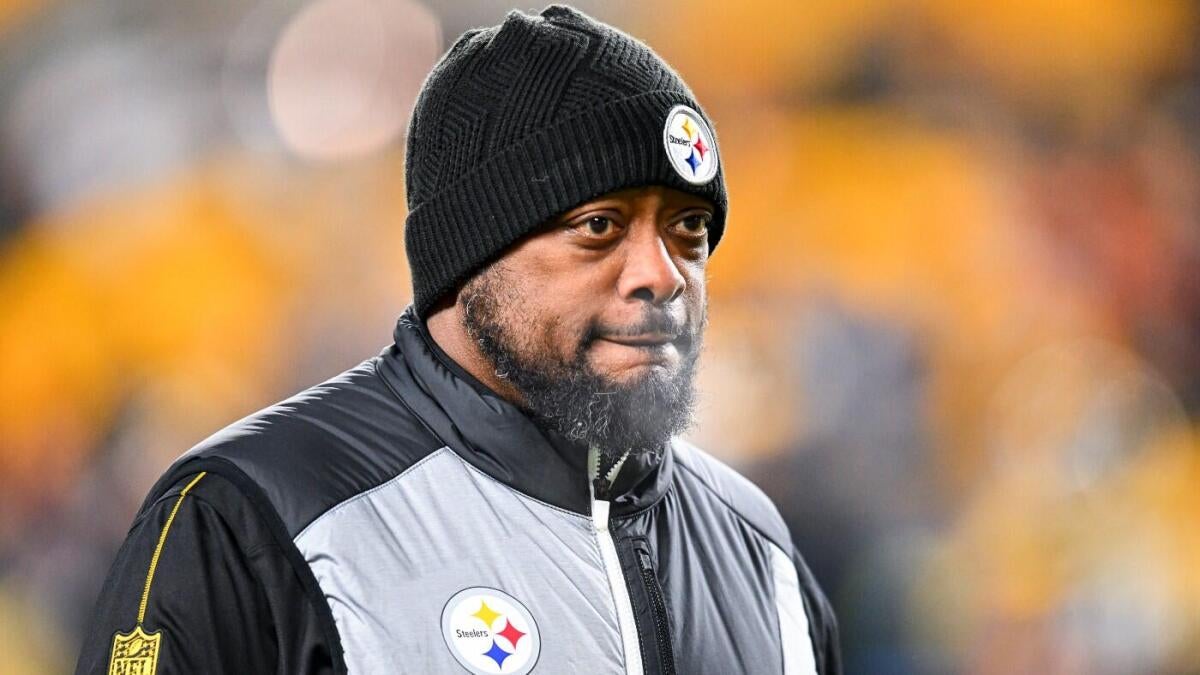
I was half expecting white smoke to rise out of Acrisure Stadium on Thursday, with Pittsburgh turning into Vatican City for how long we’ve waited for this moment. At long last, the Steelers and Aaron Rodgers officially came to terms on a deal that’ll put the four-time NFL MVP in the black and gold.
Given Rodgers’ résumé as one of the greatest quarterbacks of all time and the Steelers being one of the blue blood franchises in the NFL, it’s quite the pairing. It’s also rare.
While Hall of Fame quarterbacks playing for multiple franchises is nothing new (Ex. Peyton Manning with the Colts and Broncos), it is somewhat uncommon for all-time greats like Rodgers (who’ll eventually be enshrined in Canton) to play for three or more teams. Of course, Rodgers began his career with the Green Bay Packers and, more recently, spent the last couple of years with the New York Jets.
As he now embarks on this latest chapter with his third team, he treads into lightly charted waters. Of the 29 quarterbacks who are currently in the Pro Football Hall of Fame, only four were drafted during the Super Bowl era and started games for three different franchises: Warren Moon, Ken Stabler, Brett Favre, and Kurt Warner.
Here’s a look at how each of those quarterbacks fared with their third team, which could serve as an indicator of what Pittsburgh should expect from Rodgers.
Aaron Rodgers set to become oldest player in Steelers’ 92-year history: QB will also be NFL’s elder statesman
John Breech
Warren Moon
Third team: Seattle Seahawks (1997-1998)
Record: 11-13
Playoff appearances: Zero
Although largely remembered for his days with the Houston Oilers, Moon actually played for four different teams throughout his NFL career. After a decade in Houston and a three-year stint with the Minnesota Vikings, Moon’s third stop in the NFL brought him to Seattle, where he played two seasons with the Seahawks. He was named to the Pro Bowl in his first season, throwing for 3,678 yards, 25 touchdowns and 16 interceptions through 15 games (14 starts). Those passing yard totals, along with his 313 completions, set a single-season franchise record at the time. The following year, Moon was limited to 10 games due to injury. He then left for the Kansas City Chiefs, where he served as a backup for two years before retiring.
Ken Stabler
Third team: New Orleans Saints (1982-1984)
Record: 11-11
Playoff appearances: Zero
Stabler made his bones under center with the Oakland Raiders, playing 10 years for the franchise. Over that tenure, he led the organization to a Super Bowl XI victory, led the league in passing touchdowns twice, and was the NFL MVP for the 1974 season. The Raiders later traded Stabler to the Houston Oilers before the 1980 season, and he’d spend two years in Texas. Following his release from the Oilers, Stabler went to New Orleans to find his third team in the Saints. He started the year as the Saints’ QB1, but a two-month strike put a dent in his first season with New Orleans. Stabler went 4-4 as the starter during that shortened 1982 campaign, the Saints missed the playoffs. The following season, Stabler suited up in 14 games for New Orleans and was 7-7 as the starter. The Saints missed the playoffs after losing their matchup against the Los Angeles Rams in the final game of the season. Stabler then retired in October 1984.
Brett Favre
Third team: Minnesota Vikings (2009-2010)
Record: 17-12
Playoff appearances: One (1-1 record)
In the case of Favre, we’re casting aside the Atlanta Falcons. Despite being drafted by Atlanta in the second round of the 1991 NFL Draft, he never started a game for the franchise. For our conversation here, we’re factoring in teams where the Hall of Fame quarterback started games. So, after a long run with the Green Bay Packers and a quick stint with the New York Jets (just like Rodgers), the third team that Favre went to as QB1 was the Minnesota Vikings. At age 40, Favre lit it up, throwing for 4,202 yards, 33 touchdowns, and just seven interceptions, while leading Minnesota to a 12-4 record and an NFC North title. In the playoffs, Favre threw for 234 yards and four touchdowns in a blowout win over the Dallas Cowboys in the divisional round, sending the Vikings to the NFC Championship. There, Minnesota fell to the New Orleans Saints in overtime, and Favre threw for 316 yards, one touchdown, and two interceptions in the losing effort.
Favre then entered the 2010 campaign announcing that it would be his final season in the NFL. While he threw his 500th career touchdown and hit 70,000 passing yards that season, Favre went 5-8 in his 13 games played and was inactive for three of Minnesota’s final four games due to injury.
Kurt Warner
Third team: Arizona Cardinals (2005-2009)
Record: 27-30
Playoff appearances: Two (4-2)
Warner famously burst onto the NFL scene with the St. Louis Rams. He won two NFL MVP awards over his tenure with the Rams and led the club to a Super Bowl XXXIV title, where he won Super Bowl MVP honors. After his production fell off in 2002 and 2003, however, the Rams released Warner, who went on to sign a one-year deal with the New York Giants. Warner began the year as the Giants’ starter in 2004, but eventually gave way to Eli Manning midway through the year. Then, Warner found his third home in the NFL with the Arizona Cardinals, signing with the franchise in 2005. There, Warner became the starter, but injuries limited him to 10 games due to injury. Despite that, he signed a three-year extension with the Cardinals that offseason.
Warner enjoyed a last-career resurgence in 2008, where he led the Cardinals to a 9-7 record after throwing for 4,583 yards, 30 touchdowns, and 14 interceptions during his age-37 season. He was also named to the Pro Bowl that year. That season was also the first time since 2001 that Warner reached the playoffs and brought the Cardinals to a Super Bowl XLIII appearance, but they would fall to the Pittsburgh Steelers. That postseason (four games), Warner completed 68.1% of his passes for 1,147 yards, 11 touchdowns, and just three interceptions. He finished with a 1112.2 passer rating.
After flirting with the possibility of leaving Arizona that offseason, Warner decided to return to the franchise in 2009. That year, he helped the club go 10-5 and win its second-straight NFC West title. In the wild-card round, the Cardinals defeated the Green Bay Packers in a wild 51-45 overtime win where Warner completed 87.9% of passes for 379 yards and five touchdowns. The following week, however, they’d fall to the New Orleans Saints in the divisional round.
Warner then announced his retirement in January 2010.
Go to Source
Author: Tyler Sullivan
June 6, 2025 | 11:35 am
